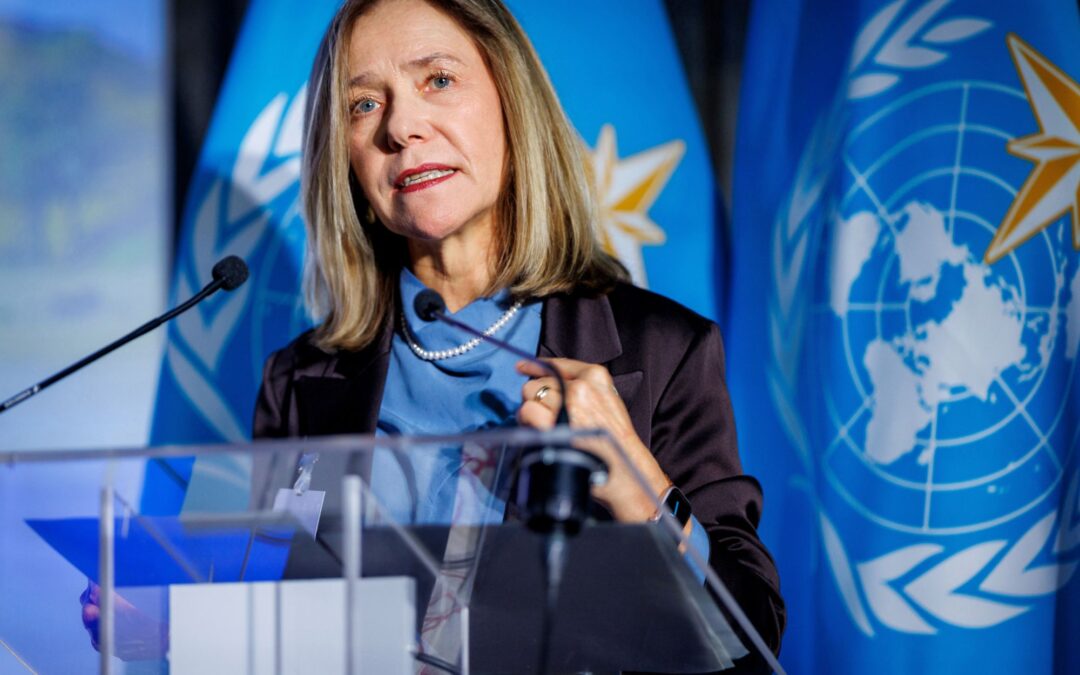From the time humans gathered around a fire, our minds have been drawn to stories. It’s instinct — the way our brains lean forward when a tale begins, eager to connect, to feel, and to imagine what comes next. Stories don’t just entertain us. They move us and inspire us.
I am always struck by it – rooms filled with overcomplicated PowerPoint slides and speakers piling on facts like bricks, rather than telling a good story whose emotional pull, if well told, we will always remember.
Below are three examples of good storytelling during an event that I hope will inspire you to tell more stories.
1) Stories on panels: At Geneva Peace Week, I helped the Women’s International League for Peace and Freedom design a panel where the speakers were asked to share their stories with the audience. The team created a space for the audience to think differently and listen deeply. People were shown to their seats by torchlight. They listened in darkness to an audio recording we created to mark an event in history, and then the moderator went on stage.
She turned on the light next to her and asked each speaker one by one to
turn on their side light and tell a 3-minute story before she moderated a
discussion. It was a STAR panel (something they will always remember).
2) Stories for the concluding panel: As a moderator, I know it can be challenging to keep the attention of the audience right to the end. A woman whom I have been training to moderate used storytelling to great effect at a recent international environmental conference. She told a story in her introduction and asked the audience to tell a story to their neighbour about something that had given them hope during the event. She then asked the panellists to do the same.
The story she told was made famous by the environmental activist, Wangari Maathai – Kenyan environmental activist and the first African woman to receive the Nobel Peace Prize. Wangari told the story of the hummingbird, which, in the face of a raging forest fire, did not despair but took action by carrying drops of water in its beak to put out the fire. She believed that everyone could make a difference, no matter how small their actions seemed. You can watch it here.
3) Stories in closing remarks: Wrapping up an event can be tricky — trying to distil hours of discussion into a few meaningful closing remarks. At an event I moderated last week, the Secretary General of the World Meteorological Organization, Celeste Saulo, chose a different path. Instead of listing key points, she told a story — one that conveyed why the world needs the WMO and resonated far more deeply with the investors in the room.
She told the story of Melissa, the category 5 tropical storm that hit Jamaica. “Melissa will break many records”, she said, “But the loss of life will be minimized thanks to international collaboration built on shared data and trusted systems.” You can see the full speech here – a great example of how to use stories to inspire and motivate.
(link https://wmo.int/content/closing-remarks-investors-forum)
A sought-after conference moderator, Claire helps clients design impactful events, trains in how to moderate and also in how to use stories to get your message across.
Photo courtesy of Marc Bader.

